The future of urban transportation is here, and it’s taking the form of sleek, autonomous vehicles driving through city streets. Across the United States, self-driving car companies are racing to revolutionize how we move, promising safer roads, reduced traffic, and a new era of mobility. But it’s in San Francisco this future is suddenly now a reality for thousands.
Waymo, the Google-owned autonomous vehicle pioneer, is available to everyone in the City by the Bay. Imagine cruising through the iconic streets of San Francisco without worrying about parking, navigating steep hills, or designating a driver after a night out. That’s the promise Waymo is offering. But what does this sudden availability of autonomous rides mean for daily commutes, weekend plans, and the very fabric of urban life in one of America’s most dynamic cities?
GET SECURITY ALERTS, EXPERT TIPS – SIGN UP FOR KURT’S NEWSLETTER – THE CYBERGUY REPORT HERE
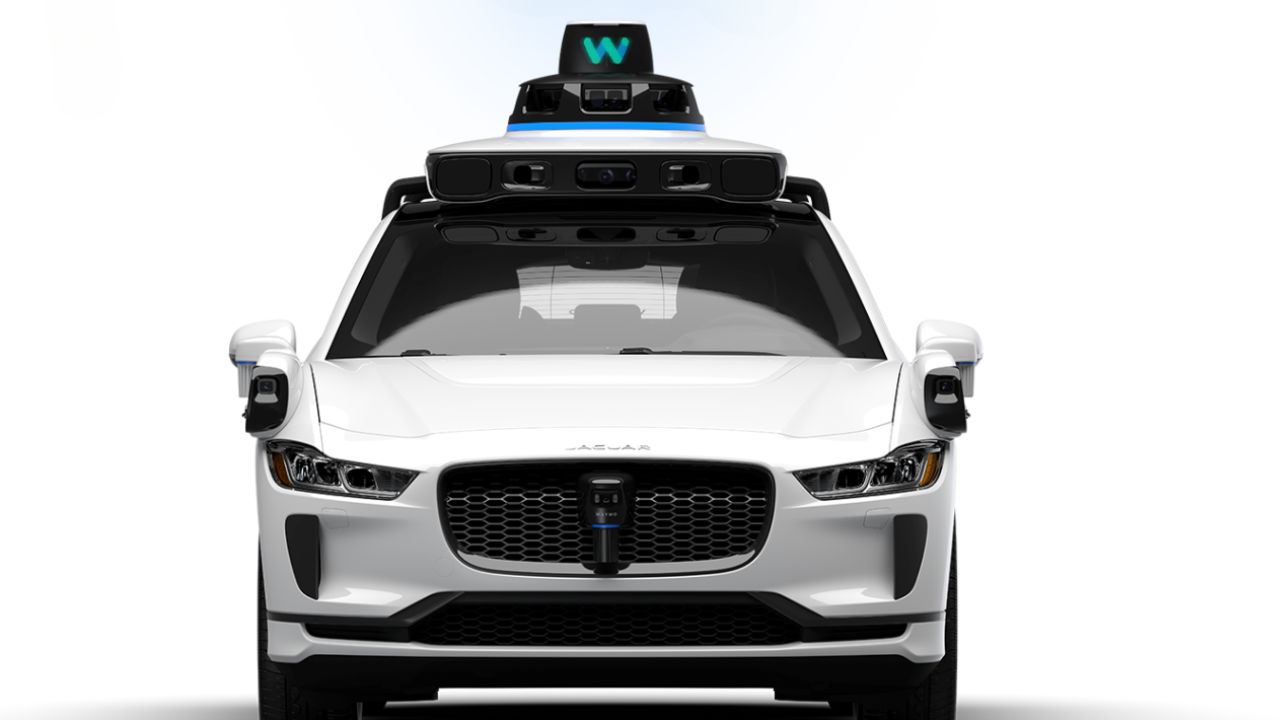
Credit: Waymo
No more waiting in line: Waymo opens its doors to everyone
Remember when you needed an exclusive invite to ride in a Waymo? Well, those days are now in the rearview mirror. Now, anyone in San Francisco can hail a driverless Waymo ride. Just download the app, and you’re good to go. But here’s the thing: nearly 300,000 people – that’s more than a quarter of San Francisco’s population – had already signed up on Waymo’s waiting list. Talk about pent-up demand. It seems like everyone wanted to try out the self driving robotaxi service.
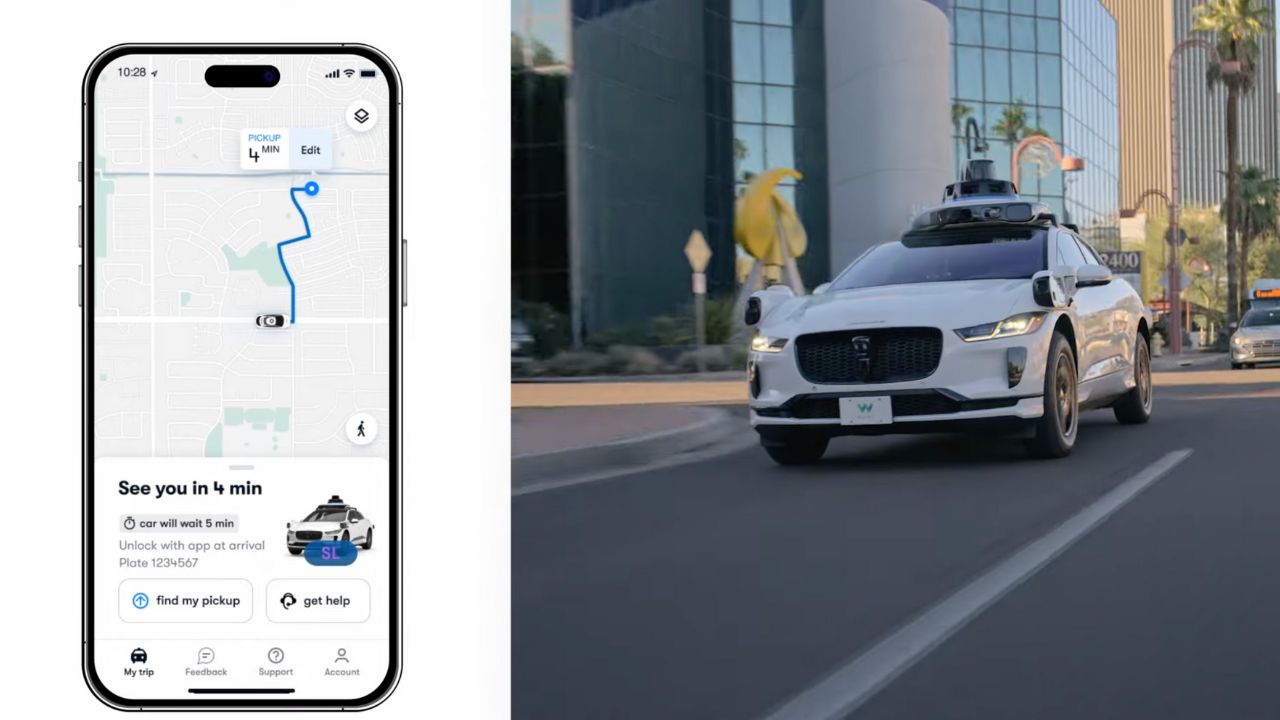
Credit: Waymo
IS THIS PINT-SIZED ELECTRIC VEHICLE ABOUT TO BE A BIG DISRUPTOR IN THE US?
More than just a ride: The impact on San Francisco
Waymo isn’t just changing how people get around – it’s potentially reshaping the city’s social and economic landscape. Did you know that about 30% of Waymo rides in San Francisco are to local businesses? That’s a potential boost for the local economy right there.
And get this: over half of Waymo riders surveyed said they’ve used the service for medical appointments. Plus, 36% use it to connect to other forms of transit like BART or Muni. It’s not just a taxi service; it’s becoming an integral part of the city’s transportation ecosystem. Waymo is already angling to operate its robo-taxis at San Francisco International Airport, with just a permit from the SFO Commission standing in the way of a driverless airport pickup. Imagine scheduling a robot car to pick up loved ones from the airport, without anyone needing to wait in line at Arrivals.
Oh, and for the eco-conscious among us, here’s a fun fact: Waymo’s fleet is all-electric and uses 100% renewable energy from the city’s CleanPowerSF program. They claim to have helped curb carbon emissions by an estimated 570,000 kg since August 2023.
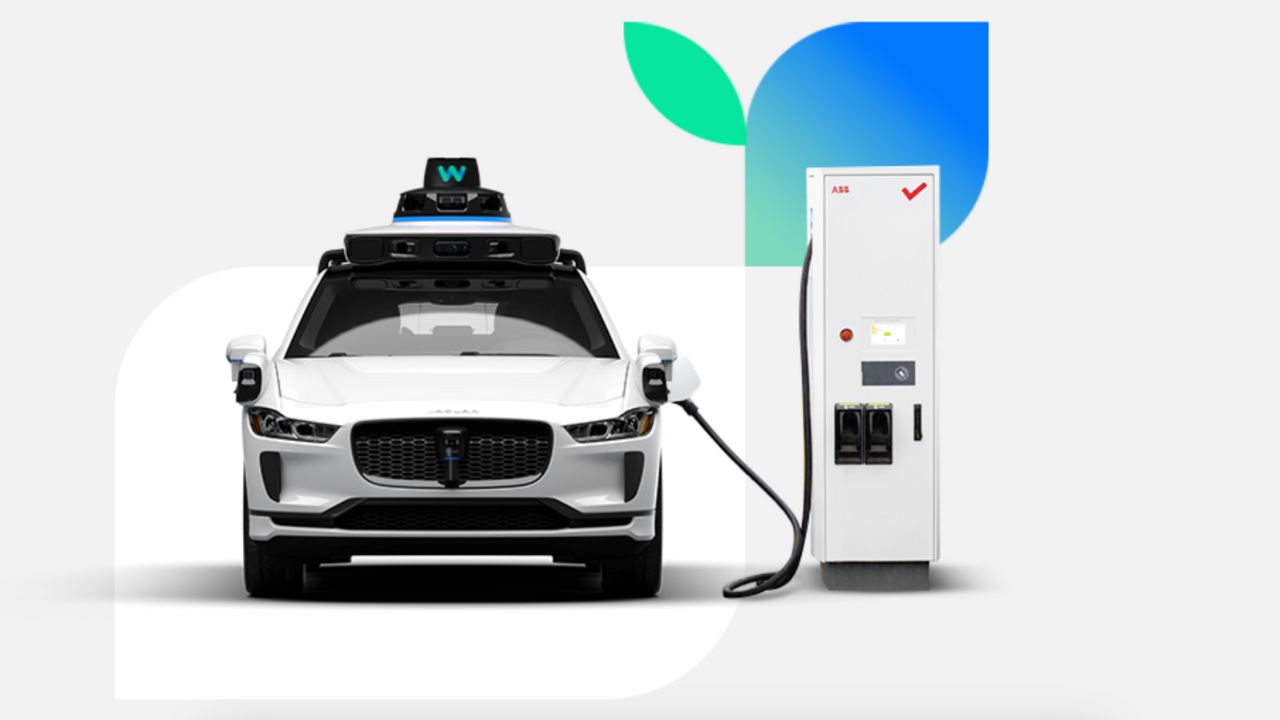
Credit: Waymo
CRAZY TWO-IN-ONE ELECTRIC VEHICLE COMES EQUIPPED WITH A TWO-SEAT AIRCRAFT HIDDEN INSIDE
Not just a San Francisco thing
Waymo isn’t just cruising the famously steep hills of San Francisco. They’ve also got wheels on the ground in the sunny streets of Los Angeles and the desert landscapes of Phoenix. And guess what? Austin, Texas, you’re next on the list. Looks like the robotaxi revolution is spreading faster than you can say “autonomous vehicle.”
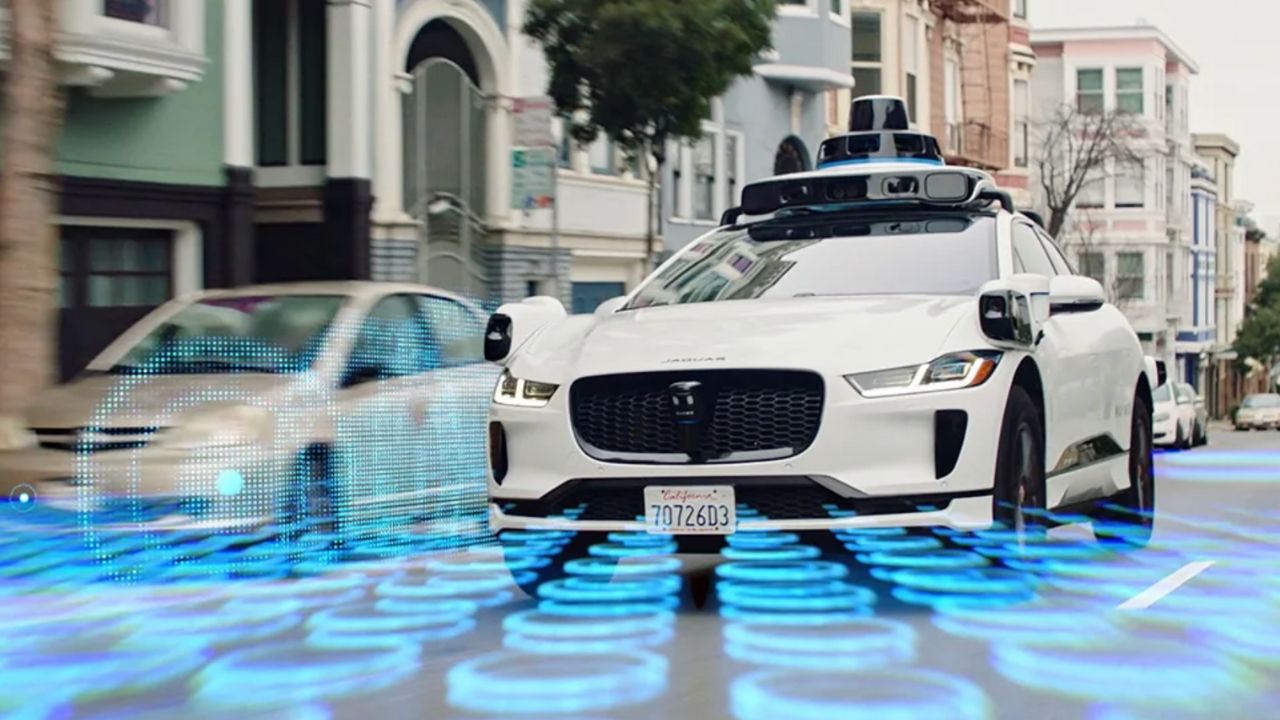
Credit: Waymo
THE TINY ELECTRIC CAR THAT COMES DISASSEMBLED AND DELIVERED IN BOXES
Safety first: Waymo’s bold claims
Now, I know what you’re thinking. “Is it safe?” Well, Waymo sure thinks so. They’re boasting about their “unparalleled” safety record, claiming they’re even safer than human drivers. With over 20 million miles logged since 2009, they’ve got some serious road cred.
But it’s not just talk. Waymo cites statistics suggesting their driverless cars are safer than human-operated vehicles. They claim to have been involved in 17 fewer crashes with injuries and 12 fewer police-reportable crashes compared to human drivers over 3.8+ million rider-only miles in San Francisco.
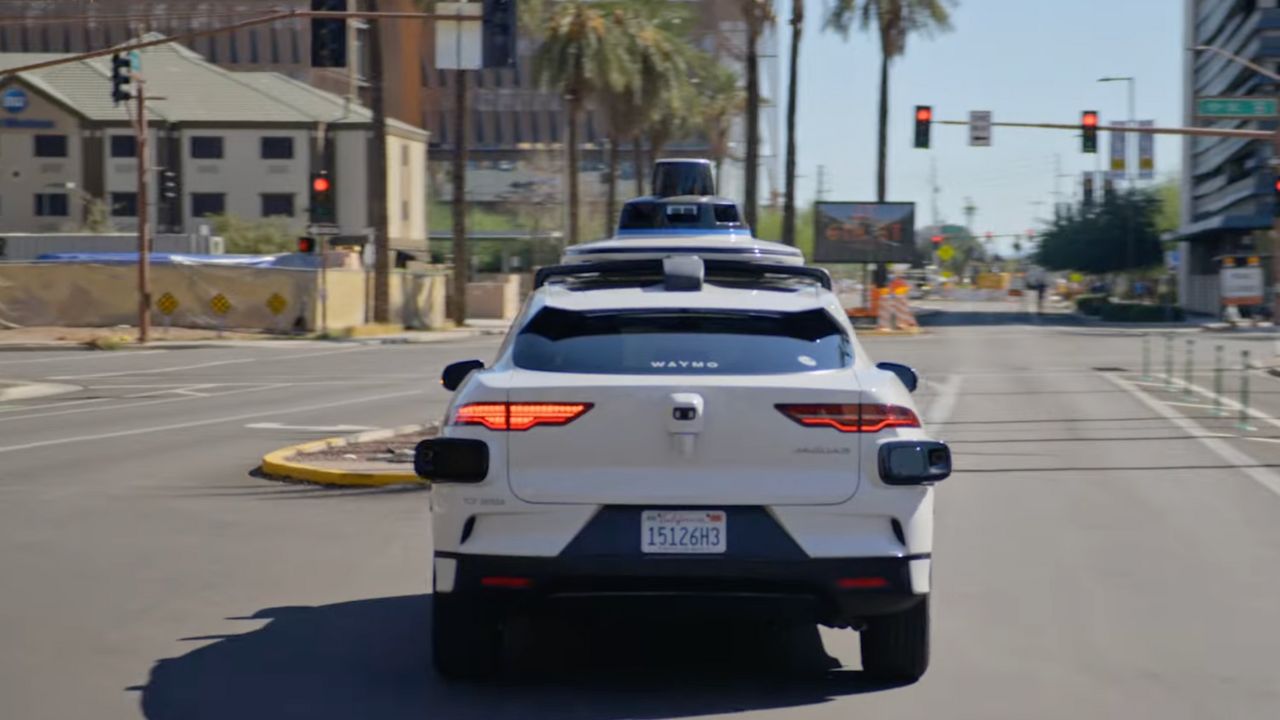
Credit: Waymo
But hold on, It’s not all smooth driving
Before you get too excited and toss your driver’s license in the shredder. The National Highway Traffic Safety Administration (NHTSA) has opened an investigation into Waymo. They’re looking into 22 incidents involving the self-driving tech. We’re talking about collisions with objects, parked cars, and some traffic control hiccups. Yikes.
The NHTSA’s probe covers 444 of Waymo’s vehicles. That’s a lot of robots under the microscope. It’s a reminder that even as we race towards a driverless future, there are still some speed bumps to overcome.
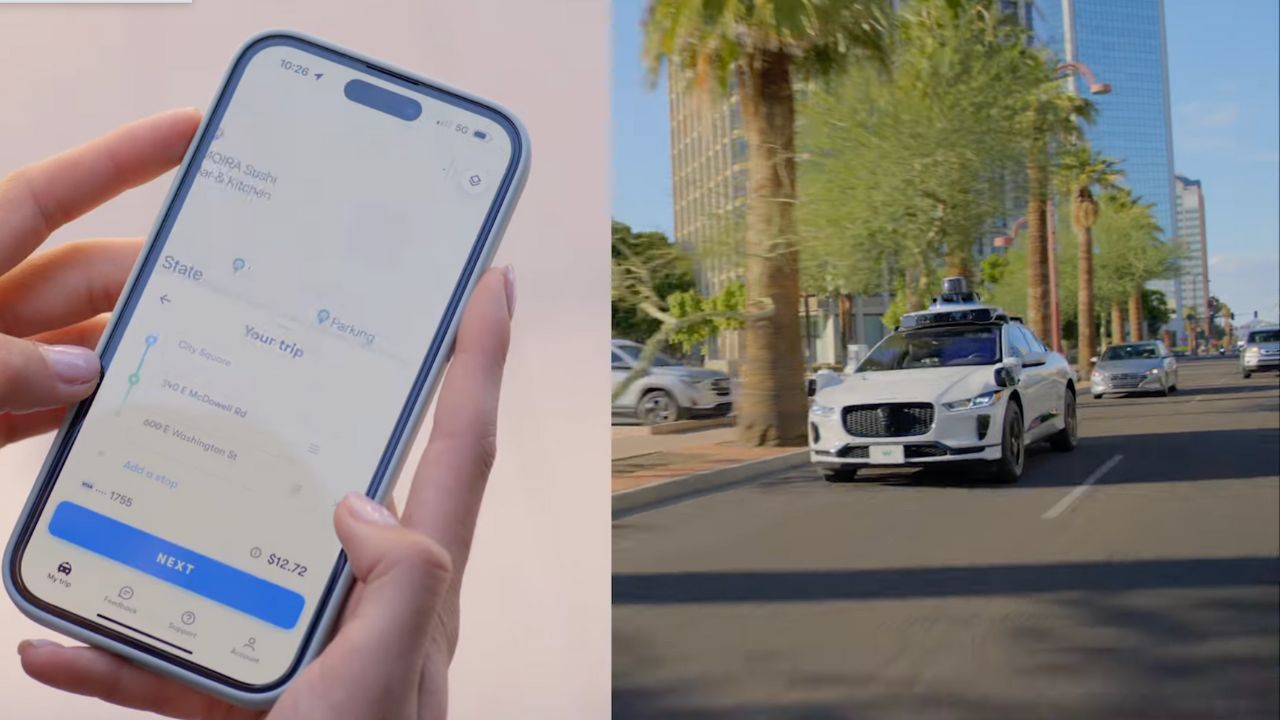
Credit: Waymo
The big picture: Robotaxis taking over?
It’s not just Waymo in the spotlight. Other companies like Zoox, owned by Amazon, are also under the NHTSA’s microscope. Even big names like Ford and Tesla are feeling the heat as autonomous technology becomes more widespread. Meanwhile, GM’s Cruise is planning a comeback after suspending its service due to safety concerns.
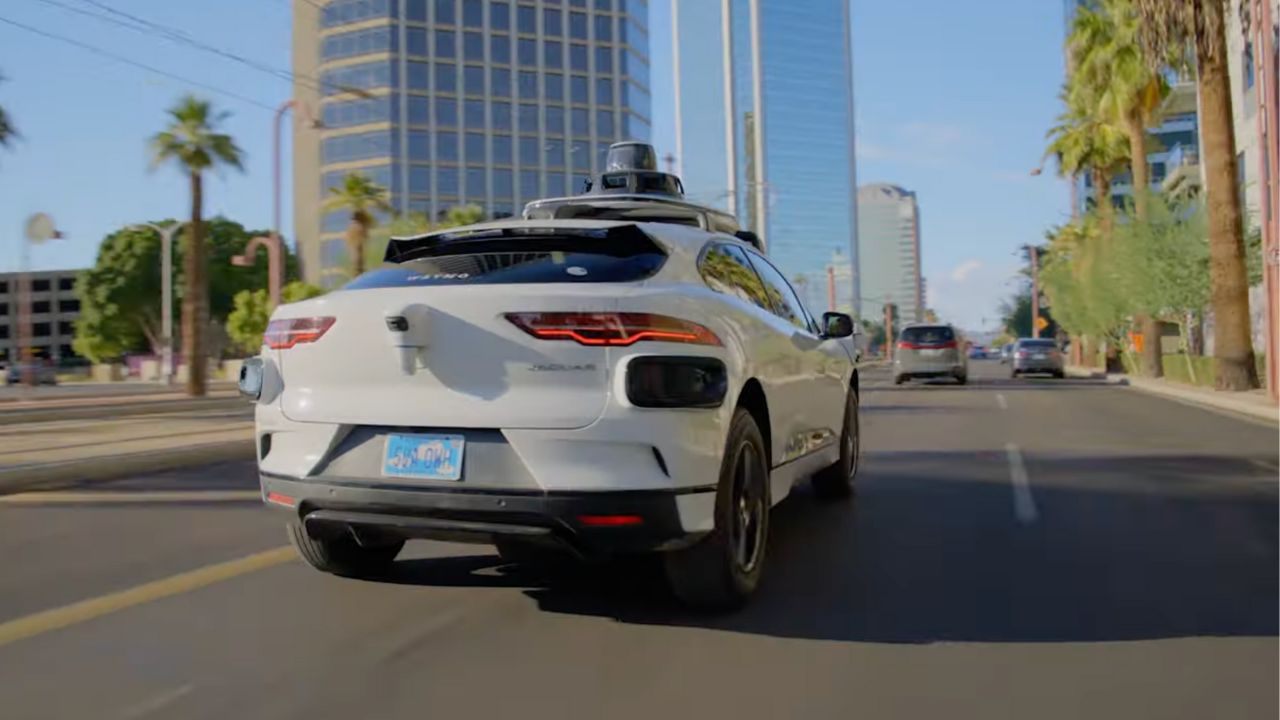
Credit: Waymo
Kurt’s key takeaways
On one hand, the idea of hopping into a car without a driver could mean safer roads, less traffic, and more accessibility for those who can’t drive. But on the other hand, are we ready to trust our lives to algorithms and sensors? The NHTSA investigation shows there are still kinks to work out. And let’s not forget the potential impact on jobs in the transportation sector. It’s not just about cool tech; it’s about how it affects real people’s livelihoods. One thing’s for sure – the future of getting from point A to point B is changing rapidly. Whether you’re excited or skeptical, it looks like robotaxis are here to stay.
Would you take a spin in a Waymo, or are you sticking to human-driven rides for now? Let us know n the comments below.
FOR MORE OF MY SECURITY ALERTS, SUBSCRIBE TO MY FREE CYBERGUY REPORT NEWSLETTER HERE


